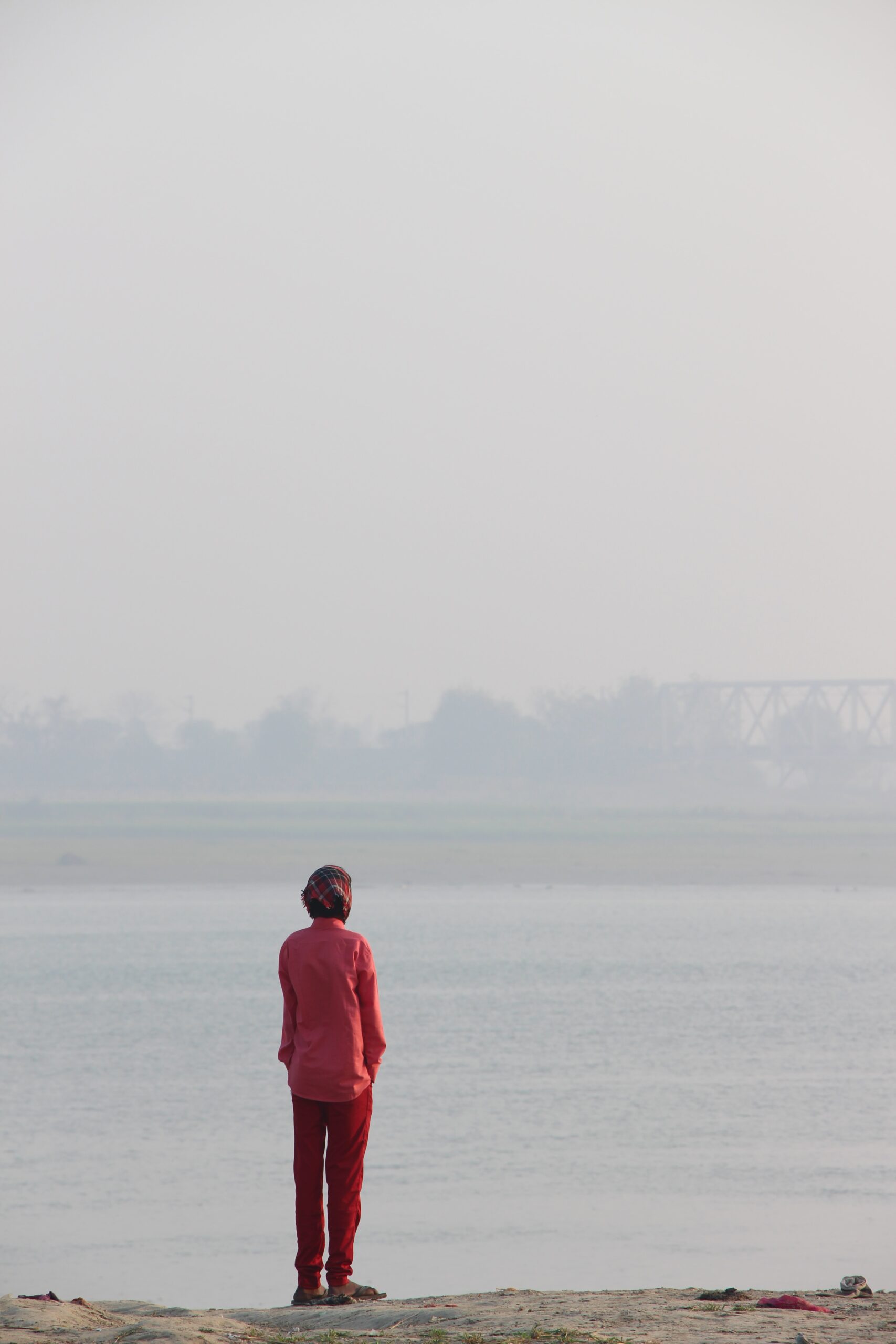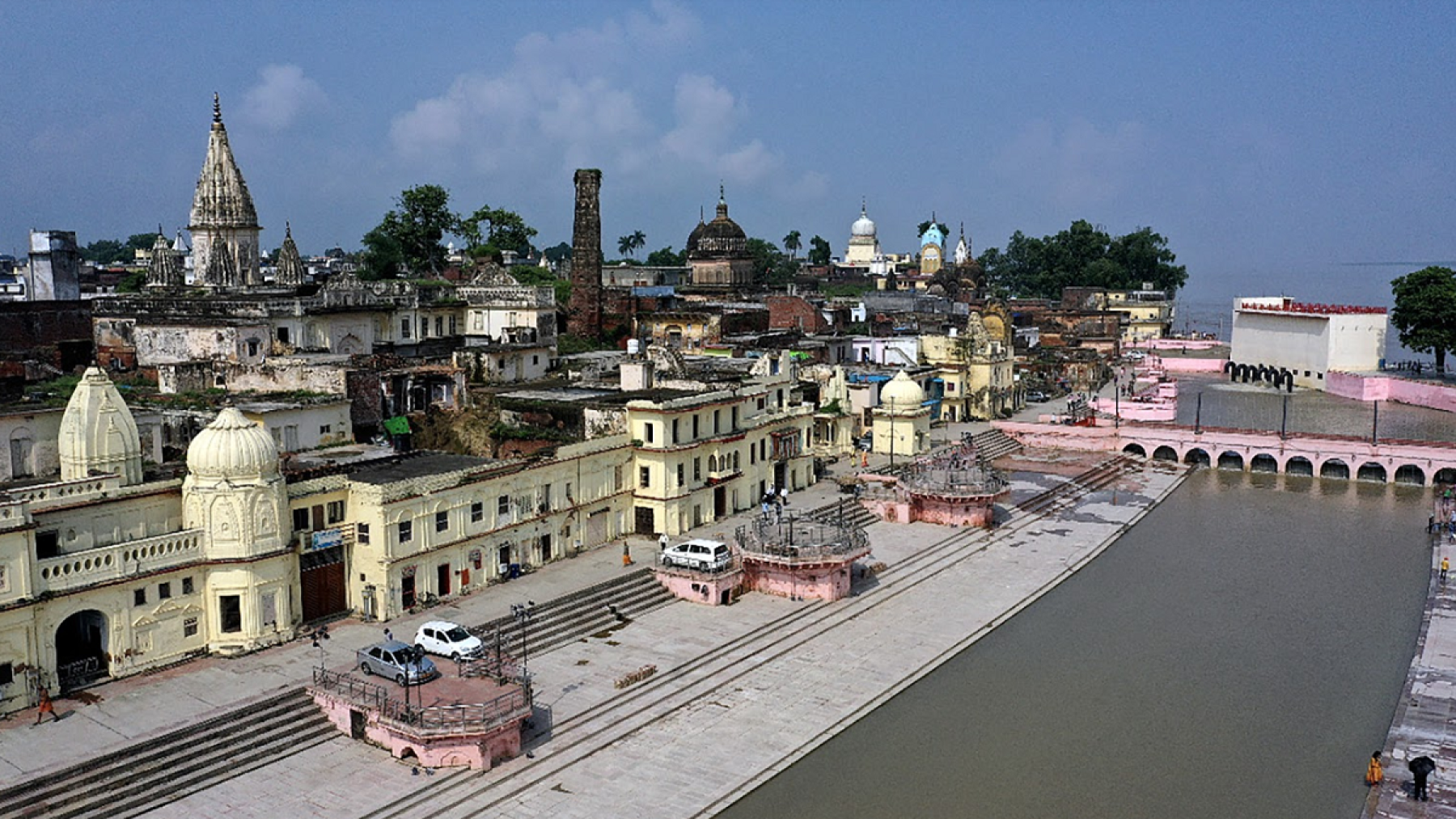Ayodhya, a city rich in history and spirituality, beckons travelers from across the globe. Known as the birthplace of Lord Rama, it offers a blend of serene spirituality, vibrant culture, and fascinating history. This comprehensive guide aims to provide you with all the essential travel information to navigate Ayodhya, ensuring a fulfilling and hassle-free experience.
Best Time to Visit: Ayodhya, situated in the northern part of India, experiences a typical subtropical climate. Understanding the seasonal patterns is crucial for planning your trip.
- Summer (April-June): Characterized by hot weather, with temperatures soaring above 40°C. It’s less crowded, making it a good time for those who prefer a quieter visit.
- Monsoon (July-September): The city experiences moderate to heavy rainfall. The greenery is at its peak, but outdoor activities might be limited.
- Winter (October-March): The most favorable time to visit. The weather is pleasant, and the city celebrates several festivals, including the famous Diwali.
Quick Information:
- Ideal Time: October to March
- Summer: Hot, less crowded
- Monsoon: Rainy, lush scenery
- Winter: Pleasant weather, festival season
Getting There: Ayodhya is well-connected by air, rail, and road, making it easily accessible from various parts of the country.
- By Air: The nearest airport is in Lucknow, around 135 kilometers away. Regular taxi and bus services are available from the airport to Ayodhya.
- By Rail: Ayodhya railway station is well-connected to major cities in India. Trains are a convenient and affordable option.
- By Road: A network of national highways connects Ayodhya to major cities. Buses, taxis, and self-drive options are widely available.
Quick Information:
- Nearest Airport: Lucknow (135 km)
- Rail: Ayodhya railway station
- Road: Well-connected highways, frequent bus service
Local Transport: Navigating within Ayodhya is an integral part of the travel experience. The city offers various modes of local transportation.
- Auto-Rickshaws and Cycle-Rickshaws: Easily available and ideal for short distances.
- Taxis: Suitable for comfortable and private travel. Can be booked through hotels or local stands.
- Walking: Many of Ayodhya’s attractions are close to each other, making walking a pleasant option.
Quick Information:
- Auto-Rickshaws: For short distances
- Taxis: Comfortable, private
- Walking: Ideal for nearby attractions
Cultural Norms and Language: Understanding the cultural ethos and language of Ayodhya enriches your travel experience.
- Language: Hindi is widely spoken. Basic English is understood in tourist areas.
- Cultural Norms: Ayodhya is a religious city. Dress modestly, especially when visiting temples. Respect local customs and traditions.
Quick Information:
- Language: Hindi, some English
- Dress modestly in religious places
- Respect local customs
Conclusion: Ayodhya, with its deep-rooted cultural and spiritual significance, offers a unique travel experience. From the best time to visit, transportation options, local travel, to understanding the cultural nuances, this guide equips you with essential information to navigate Ayodhya smoothly. Whether you’re here for spiritual reasons, to explore history, or to soak in the cultural richness, Ayodhya welcomes you with open arms and promises an enriching journey.




